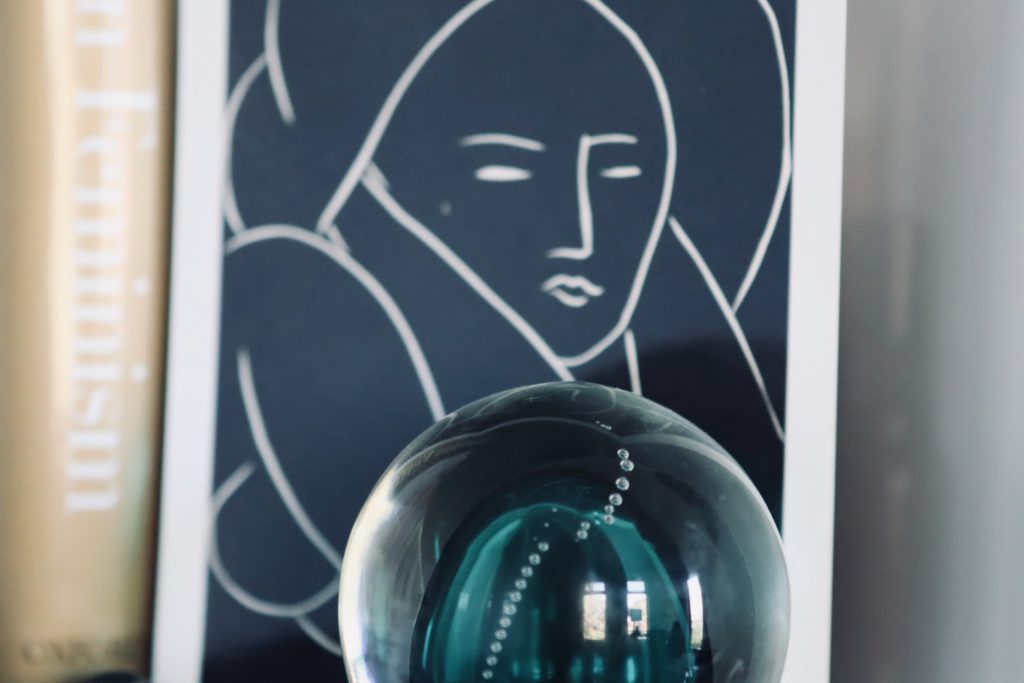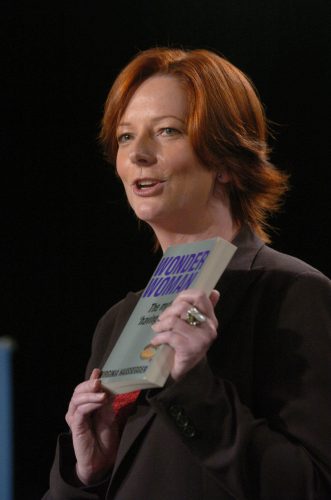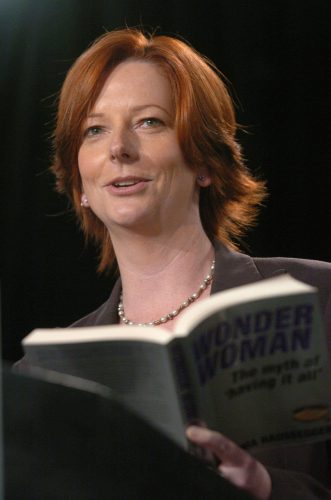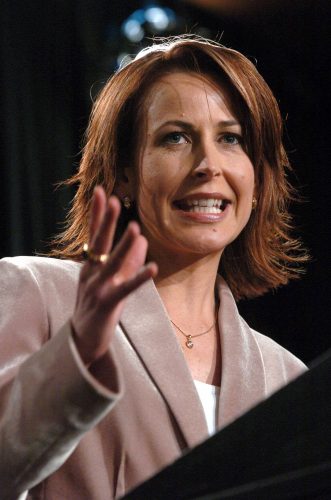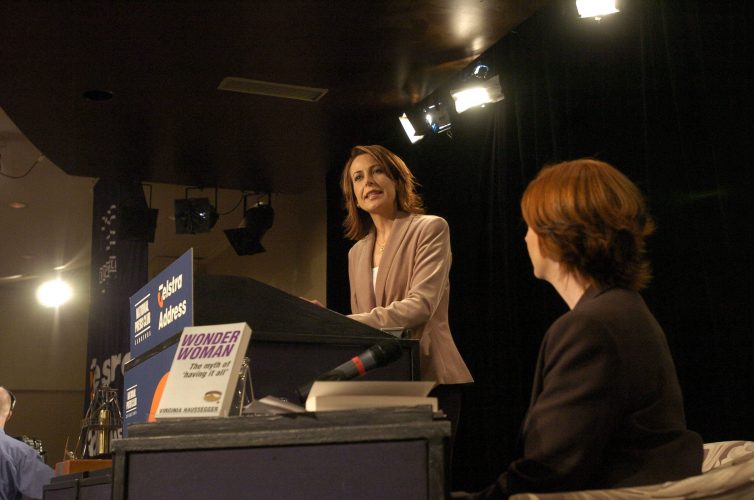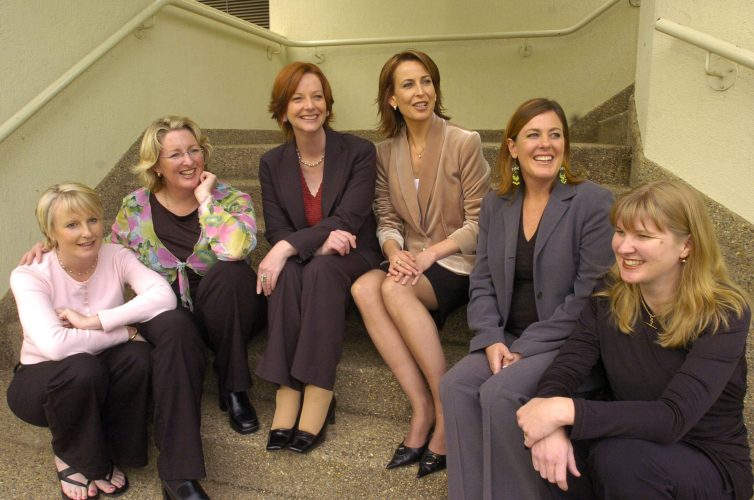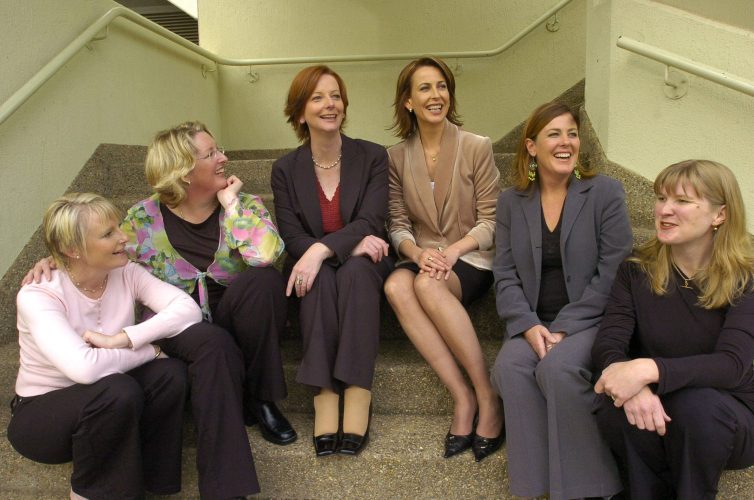During the ABC’s recent television broadcast on ACT election night I got a small thrill. As the cameras rolled, it struck me that – for the first time – our election reportage, live- crosses and hosting were being conducted by an all-woman team.
I had the same thrill last week during our news broadcast, as the key players behind that night’s bulletin were also all women.
Days later there was a construction accident in town. The union spokesperson on radio was a woman, being interviewed by a woman presenter. Moments later I watched an interview with the president of the Human Rights Commission – a woman. It was followed by the Governor-General talking about drought – another woman. The Water Minister then popped up – yet another woman. My secret thrill inflated.
Is it over? Have we won? Are women finally well-represented in positions of power and leadership in Australia? The short answer is no.
On Tuesday my bubble burst. I learned that not only are women failing to achieve leadership positions in any significant number, but we are in fact going backwards.
This week’s much-anticipated release of the 2008 Australian Census of Women In Leadership is heartbreaking reading for anyone hoping to see real gender progress. Published by the Equal Opportunity for Women in the Workplace Agency, this is the fifth government- commissioned census of women, and while each report has shown painfully slow, glacial growth, 2008 points to an alarming reversal at nearly every level. Our international comparisons are an embarrassment.
At present, among Australia’s top 200 companies there are only four women chairs and six women chief executive officers (although fewer at the time of the census). Since 2006 there has been an increase in the number of board seats, but a reduction in the number of women filling them. A miserable 8.3 per cent of board directors are women. That ranks us lower than the developed countries with whom we normally compare ourselves.
Only 49 per cent of Australia’s top companies have at least one woman on their board; whereas it’s 88 per cent in the United States; 76 per cent in the United Kingdom; and 62 per cent in South Africa. Canada and New Zealand also rank higher than us.
Of course, not every woman wants a board seat. Some are content to stop at executive level. Yet few are making that grade. The number of women executive managers has dropped from 12 per cent two years ago to just 10.7 per cent. It gets worse. Women waiting in the corporate wings, in the so-called line executive management positions – considered necessary training ground for the top jobs – have also reduced in number from 7.4 to just 5.9 per cent.
Despite the fact that Australia has more women graduating from universities than men, only 21 per cent of vice chancellors are women. And only one in five federal ministry positions is held by a woman.
When reading a snapshot like this it’s easy to glaze over the figures, shrug and say,”So what?” Does it matter there are more than 10 men to every woman in Australian boardrooms? Or, that there are almost 50 male chief executive officers for every female at the helm of a company? Obviously for many it doesn’t, otherwise we wouldn’t be on the international junk heap of gender statistics.
But it should. And Australian business leaders ought to be ashamed women remain so under- represented and shut out from leadership. So why are women so scarce at the top?
The man behind the research, Macquarie University associate professor Peter McGraw, seems embarrassed by the whole thing. He says he’s frustrated, disappointed and concerned. He blames old- fashioned discrimination, rigid work patterns and a lack of female mentors and role models for women failing to break through. All of which is valid. But it seems we’re all tip- toeing around the problem, when in fact we should just poke it in the eye.
Women will always remain on the periphery while our working world remains structured to suit men and function around male rhythms. An assumption that the worker is available at all times, at short notice, and for long hours, with little or no real flexibility, is always going to disadvantage women.
While many men enjoy the company of women, in the board room they are clearly more comfortable with men like themselves. Until boys’ networks evolve and learn to understand that diversity in executive management levels translates to improved bottom-line results women will remain on the sidelines.
But women too have to get smarter about being less smart. Management research shows women are more reticent to push themselves forward. They tend to apply for jobs, or promotions, only when they feel they have at least 80per cent of the competencies required. Men will give it a shot, even when they know they only have half the skills.
When it comes to asking for more – pay, staff, time or opportunities – women are notoriously weaker performers. Many view negotiations with their boss as a matter of carefully navigating a relationship. Men are more inclined to see it as a bit of sport: you win or lose – no hard feelings.
Right now, with my thrill bubble burst, and hopes of progress deflated, it’s hard to have no hard feelings. But then, I’ve never been a fan of sport.
